Coming from the Greek word ‘poly’ meaning ‘many’ and the Latin word ‘amor’ which means ‘love’, polyamory is defined as the practice of, or desire for, intimate relationships where individuals may have more than one partner, with the knowledge and consent of all partners.
According to recent research conducted by YouGov, only half of millennials in the US want to be in a monogamous relationship. Forty-nine per cent of people under 30 reported that their ideal relationship is non-monogamous. With more and more anecdotal and research evidence suggesting that polyamory is on the rise, some are even calling for it to be legal (to marry multiple partners) in the US and the UK.
Polygamy was the norm for our hunter-gatherer ancestors. Later as they began to settle down, a preference for monogamy arose for economic reasons. It’s easier to tell who’s the father, for the division of property. Nineteenth-century Victorians began the trope of ‘the one true love’.
Related reading: 8 Things you need to know about swinging in India
India has a rich and diverse history that sanctioned multiple partner unions. Khajuraho, Kama Sutra, Krishna with his thousands of dasis, legendary queens and goddesses with more than one husband, all point to a time in Indian cultural history when sexuality was celebrated and polyamory was very much a part of life.
Related reading: 5 women confess how sex was the first time
Even today, certain indigenous communities in India openly practice polyamory. For instance: The Gonds are a tribal community living in central India, who uphold the practice of Ghotul. The Ghotul is thought to be a very ancient institution where young people are taught everything from crafts to ethics to farming to the arts of love. In some villages, all the young people, both girls, and boys, sleep together at the Ghotul beginning in early puberty. They are given total sexual freedom and are expected to explore intimacy with everyone in the group so that they can learn who they are from the many different reflections.
Also in Maharashtra, the state where the Gonds live, the bustling cosmopolitan city of Pune houses the famous and often misunderstood Osho Ashram. Osho was well known for developing spiritual practices that encouraged people to say ‘yes’ to the shadow and sexuality. He also taught that true love is not possessive, that if your beloved wishes to be with someone else, it doesn’t work to try to prevent it. Allowing yourself the freedom to be in multiple relationships is an opportunity to explore the ups and downs that come with love and to learn and grow as an individual.
Being in a polyamorous relationship brings new opportunities and a sense of freedom. It has the potential to teach one to love unconditionally. However, no relationship is easy, and being in a relationship with multiple partners can invite its own set of issues. Here are five things you should consider before beginning on your adventure of self-exploration and free love.
1. Let go of the idea of ‘one true love’
Table of Contents

Centuries of fairy tales, classic European literature, Bollywood and Hollywood movies have endlessly churned out stories around the theme of a damsel in distress waiting for her one true love. It’s the 21st century, and most of us are over the damsel-in-distress-waiting-for-her-knight-in-shining-armour role. And yet the tagline of Dil toh pagal hai “someone somewhere is made for you”, still pulls at our heartstrings. You need to leave this idea at the door, before embarking upon your polyamorous adventure. Love is love and may come in many shapes and sizes. Think of it more like – someone everywhere is made for you.
Related reading: When my husband is in the mood
2. View monogamy as a spectrum
The study about millennials and polyamory analysed relationship types using a 7-point spectrum like the Kinsey scale (sexual orientation scale). This spectrum defined zero as completely monogamous and 6 as completely non-monogamous. This led to the idea of monogamy as a spectrum rather than a binary, and the term ‘monogamish’ was coined, that is, a couple who is in a committed partnership, but with the agreement that they can fool around sexually, in an agreed-upon manner, outside of the relationship. Viewing monogamy and polygamy as two ends on a spectrum rather than an either-or can create a much-needed safe space to openly talk about your desires to be non-monogamous and pave the path towards destigmatising polyamory.

3. Communication is key
Communication is important to any kind of relationship, but even more so in a polyamorous relationship. You have to be honest, first to yourself and then to your partners about your feelings, desires, what is working and what is not and set up rules beforehand, so that there is no space for assumptions that could lead to hurt. A recent New York Times article cited that “the first thing nonmonogamous couples often do is draw up a list of guidelines: rules about protection, about the number of days a week set aside for dates, about how much information to share. Some spouses do not want to know any details about the other spouse’s extramarital sex, while for others, those stories are a thrilling side benefit of the arrangement.” Communication, even over-communication is the foundation of healthy (multiple partners) relationships.

4. Drop labels and work through insecurities
According to Huffington Post writer Angie Becker, “because we live in such a monogamy-centered society, it makes sense that many people can only conceive of non-monogamy in what ultimately still amounts to monogamous terms.” However, polyamory offers the opportunity to get a better understanding of relationships as individual interactions, with their own set of unique dynamics. Often, these dynamics are not so neatly covered under labels like ‘boyfriend/girlfriend/husband/wife’, which bring their baggage of societal expectation. Dropping the labels and instead focusing on the intention and experience of your relationship will help avoid jealousy and insecurity that very often come with these possessive labels.
That said, insecurities are human and they will always be part of any relationship. How you deal with these insecurities will define your experience in a (polyamorous) relationship. Most times, insecurity lies at the heart of jealousy. Know that love is an infinite resource and your partner’s love for someone else does not reduce their love for you. Again, communicate your insecurities to your partner(s), let yourself be vulnerable and open your heart to their support. In the end, you will emerge stronger.
Related Reading: 8 ways to overcome insecurity in a relationship
5. Dealing with social stigma
The social stigma of being in a non-monogamous relationship is part of every society; however, in certain societies, stigma can be higher. Discuss with your partners how discreet or open you want to be about your relationship and decide your move accordingly. Being open about your relationships may feel like the right thing to do. After all, there is nothing wrong with love and you should be able to show your love openly – if you and your partners feel ready to do that.

However, sometimes breaking out of societal boxes can be dangerous. If you and/or your partner feel that they are not ready to be open about the relationship, do not feel pressured, and do not be judgemental about it. It’s possible to be proud of who you are (and who you are with) while at the same time picking your battles. Give yourself and your partner’s respect and space to express (or not) their identity to the world in their own time. That said, it helps immensely to share your journey with at least one friend or family member who you trust, so that you can have emotional support networks outside that relationship. Serious friendships where you can be yourself and be honest are a crucial tool for making any relationship work, and especially for combating unhealthy co-dependence.
So are you ready and excited to embark upon a polyamorous adventure? Let us know in the comments below.
Your contribution does not constitute a charitable donation. It will allow Bonobology to continue bringing you new and up-to-date information in our pursuit of helping anyone in the world to learn how to do anything.



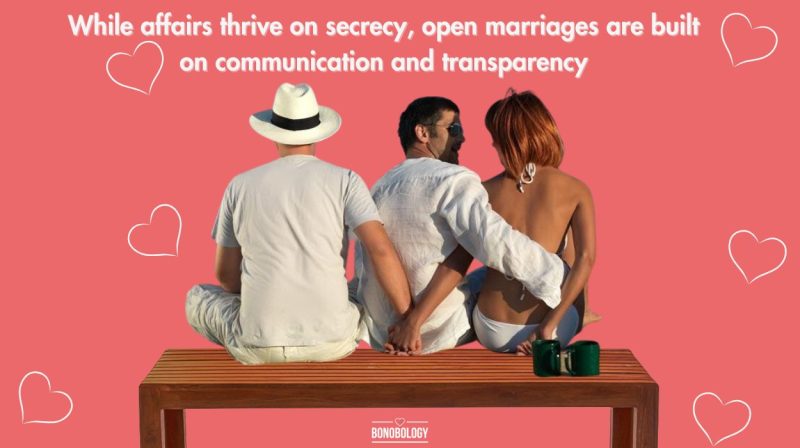
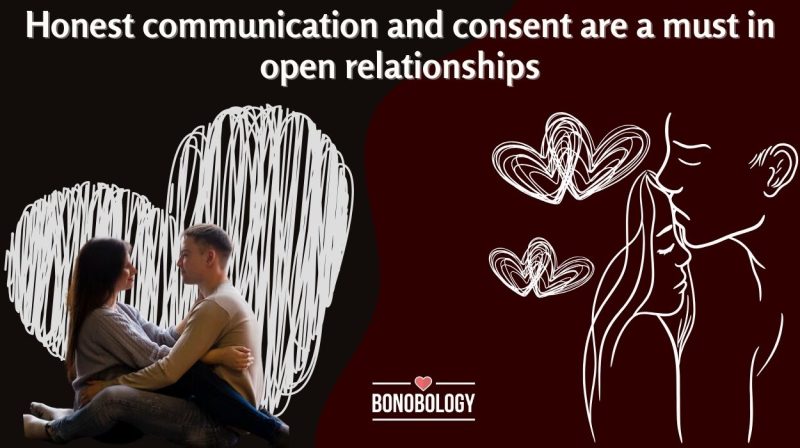

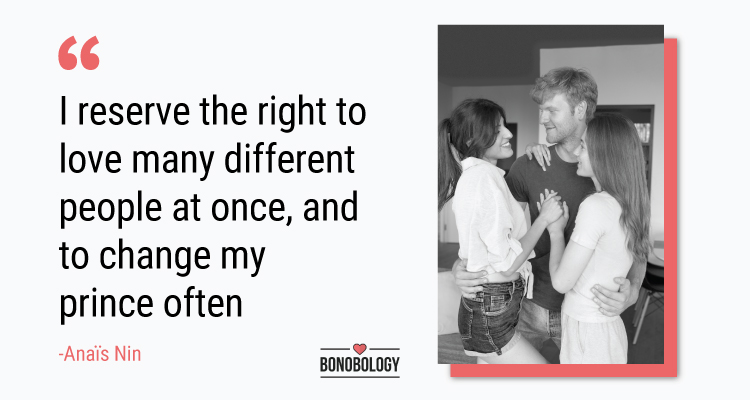

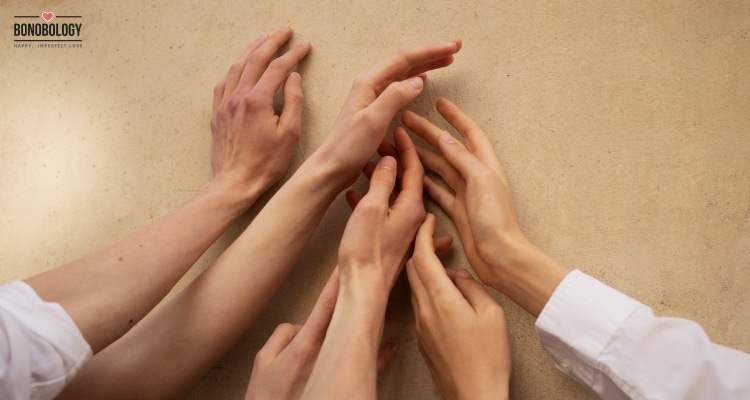
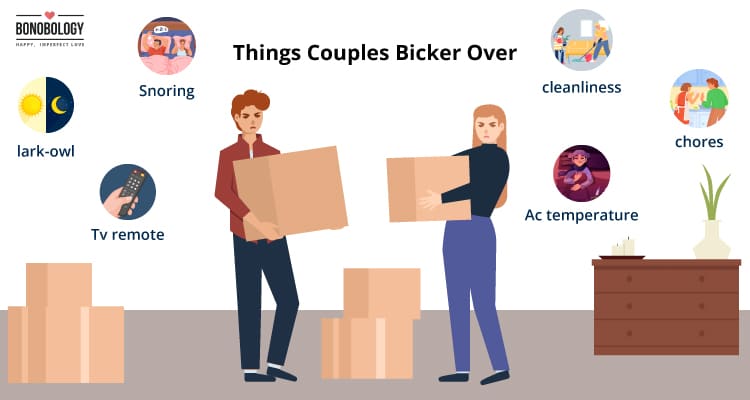












Polyamory, like monogamy, is a life choice. An important part of deciding your happiness with a future partner or partners lies in determining if you want to be in a committed relationship with one person, or you would like something a bit less committed and more open.
If you feel you are genuinely interested in a polyamorous lifestyle and feel you can abide by the rules of honesty, communication, and respectfulness, then it may be a great choice for you and your love life.